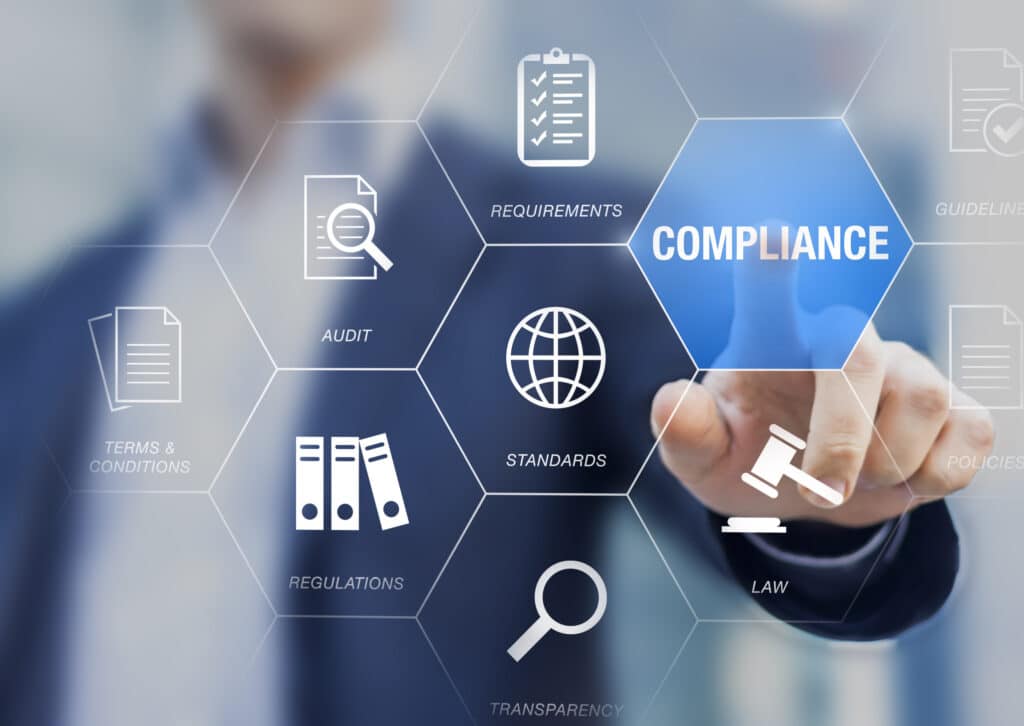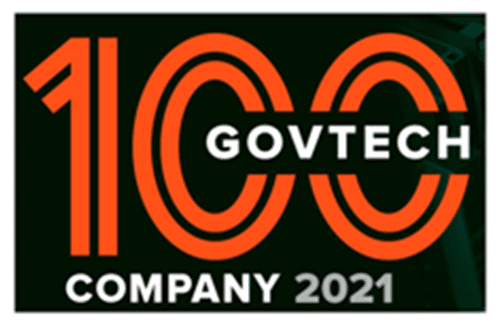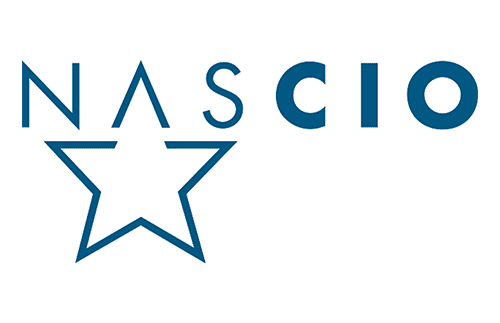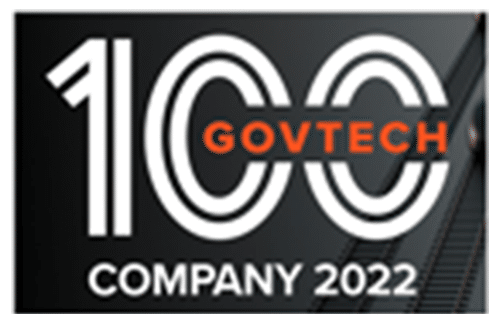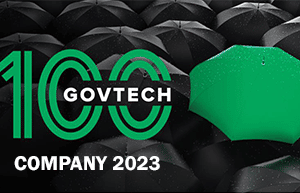Government workflow automation can work wonders for public service operations and the public servants who carry them out, as we’ve noted in a previous post. But what are the benefits it brings to the taxpaying citizens, businesses and other entities that make up the fabric of a community?
The most obvious ones involve reduction or elimination – of long wait lines at government offices, delays in getting service, and paperwork.
Let’s start with the last one, paperwork, because it’s where one of the most appalling statistics lives. It’s rather like a car crash: you can’t help staring at it. All of these figures, though, give dimension to the frustration many people have with government processes and the perceived failings of “bureaucracy”.
- As we’ve mentioned before, the U.S. Office of Management and Budget estimates that the U.S. government requires individuals and companies to spend about nine billion hours (that’s about 38 hours per adult) filling out paperwork each year.
- The period needed to obtain permits can be quite lengthy. In California, it takes 6 weeks to process an application to become a guard, locksmith employee, alarm agent, repo person or private security officer.
- Want to open a business in Avondale, AZ? Permit processing will take 10-15 business days, and “take longer to process because the application must be reviewed and approved by multiple departments, including the Fire and Medical, Development Engineering Services and Police.”
- DMW.com conducted a study, quite sensibly, of the time one must spend in line at the DMV. The average wait time in the five most populous states was 39 minutes, while the average in the five least populous states went up (counterintuitively, you’d think), to 46 minutes.
Inefficiency damages trust
The delays and inefficiencies of hidebound bureaucracies aren’t necessarily central to the problems that governments and institutions have experienced in maintaining public trust, but they certainly don’t help.
When an inefficient government organization or agency gets scant results from the taxpayer dollars they spend, they’re exacerbating the problem. They’re also increasingly being put on notice by voters and watchdog groups ready to take them to task.
One example of how this plays out on a large scale? In 1995, Business Week reported that while inflation-adjusted expenditures on each public school student had risen by 25% over ten years, performance figures for those students had hardly moved. Only 52¢ of every dollar spent in a typical large school system reached the classroom, in fact. It’s not surprising an accountability movement arose over the next two decades aimed at achieving better results through tactics like standardized testing, despite the objections of public school administrators and unions.
As Gallup found in surveying American’s attitudes toward government, trust in the three branches of the federal government has steadily declined over the years. The size and waste we perceive in Washington certainly contribute to that lack of faith.
State governments fare better, but Gallup says we reserve our real confidence for the locals:
For the past 15 years, Americans have expressed more confidence in their local government than their state government to handle problems. Similar to polls since 2013, about seven in 10 (71%) say they have a “great deal” or a “fair amount” of trust in local government to handle problems, compared with about six in 10 (62%) who say the same for their state government.
“Smart cities” will need government workflow automation
The “smart cities” movement that’s taking hold, not merely in the U.S. but globally, envisions communities where infrastructure, municipal services, urban planning, and resources are interconnected.
The citizenry benefits by receiving better governance and service, in everything from public safety to mobility and healthcare.
For a “smart city” to succeed, however, its back-end operations can’t be handicapped by outmoded processes. It would be hard to reconcile such modernity and efficiency with the idea of hundreds of government workers huddled in cave dweller conditions, shuffling old-school paperwork. Though that is quite literally what’s happening in one Federal bureaucracy.
The benefits can begin right now!
Our own Troy Bare recently touched on the big advantages of government workflow automation, but let’s drill down on how the community’s citizens benefit.
In a digital, mobile, Cloud-powered world, they’re demanding governments give them the same types of responsiveness, transparency and personalized service they’re already receiving from brands and marketers. Why shouldn’t they? Though automation, those are attainable today.
Remember the people of SimpliCity, the hypothetical town where government workflow automation is a very real, present-day upgrade to city operations, not a futurist’s dream? Thanks to the wisdom of city managers in adopting a government workflow automation platform to optimize the town’s operational processes, its citizens are all kinds of happy:
- They’re happier taxpayers, as the cost savings government workflow automation delivers can get passed along to them in lower taxes, or applied to improving services. An IDC study of government respondents revealed they felt they could reduce their overall costs by 9% if they could solve the workflow problems plaguing their constituent-facing processes.
- Accessing services actually becomes convenient since online self-service forms and automated processes mean they can avoid lining up at a city office, or having to hear those dreaded words, “Let me put you on hold,” or “I’m going to try to transfer you to that department. If you get dropped, call back.”
- Around-the-clock responsiveness to service requests is now viable with process automation, with automated notifications to assure citizens they’re been heard.
- Services improve, as the response time and reliability of government operations in TAPtown ratchet up thanks to the speed and precision of automated workflows.
- Businesses benefit, since permitting processes and other interactions with city agencies are faster and more accurate.
- Everybody is better informed since forms, instructions, diagrams, infographics and various other materials can be made available online, and are can be much more effective than just talking to a city staffer…assuming they pick up that transferred call, of course.
- Deployment of resources and services gets smarter, too, as the data and analytics made possible by the new government workflow automation platform give city managers the ability to optimize those services more effectively than ever.
- Their personal data is better protected than in paper-based systems, where mislaid forms and documents are common.
- They’re happier voters, always a consideration, since greater transparency and accountability around government services are now a fact of life at TAPtown city hall.
The diversity of our communities – socially, economically and otherwise – and the diversity of demands they’ll put on government are going to keep multiplying. Regardless of whether or not the “smart cities” of tomorrow ever take shape, there are already digital tools for rising to meet today’s challenges. Workflow automation is at the very core of that transformation.





